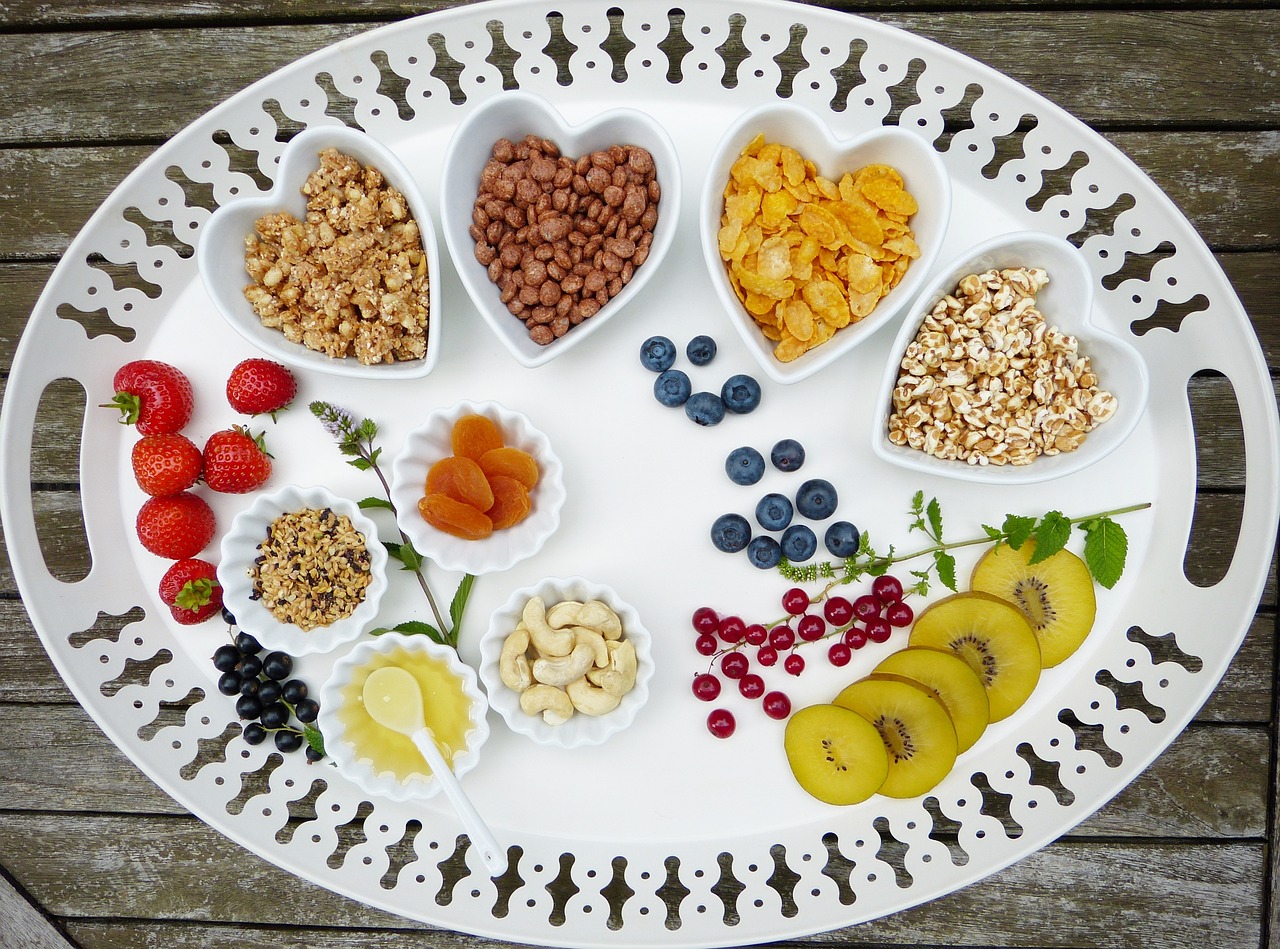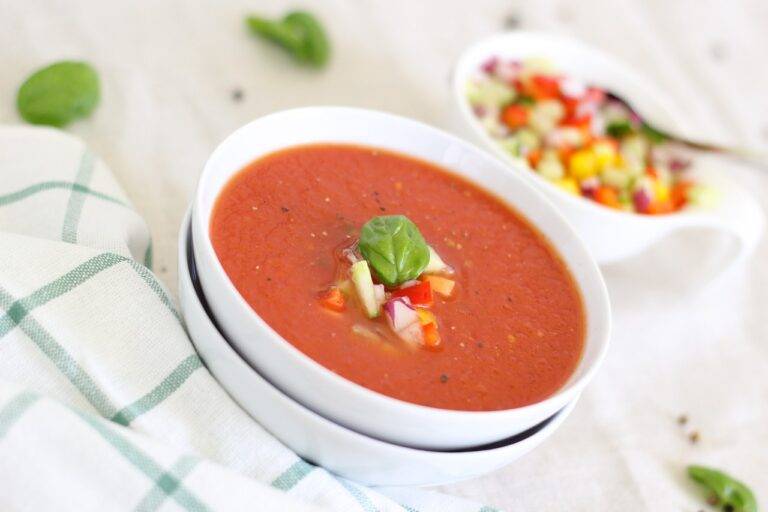The Psychology of Food Portions: Understanding Portion Size Effects on Eating Behavior
Portion size perception is heavily influenced by various factors that can impact how much food individuals believe constitutes a serving. One key factor is the size of the plates and bowls used during a meal. Research has shown that larger dishware can lead people to serve themselves larger portions, as it distorts their perception of what a normal serving size looks like. Consequently, using smaller plates and bowls can help individuals better gauge appropriate portion sizes and prevent overeating.
Another important factor that affects portion size perception is the influence of external distractions during mealtimes. When individuals are focused on watching television, working on the computer, or engaging in other activities while eating, they tend to pay less attention to how much food they are consuming. This lack of mindful eating can lead to larger portion sizes being consumed without the individual realizing it, ultimately contributing to overeating and potential weight gain.
The role of visual cues in portion control
Visual cues play a significant role in influencing our perception of portion sizes. The size of the plate, bowl, or glass we use can impact how much food or drink we serve ourselves. Research has shown that individuals tend to serve larger portions when using larger dishware, often underestimating the actual quantity of food they are consuming. This can lead to overeating and ultimately contribute to weight gain.
Moreover, the color contrast between the food and the plate can also affect portion control. When food blends in with the plate, individuals tend to serve themselves larger portions compared to when there is a higher contrast between the two. For example, serving pasta with red sauce on a red plate may result in larger portions being served, whereas serving the same dish on a white plate may lead to more accurate portion sizes. Being mindful of these visual cues can help individuals make more informed decisions when it comes to portion control and ultimately support healthier eating habits.
Psychological triggers that lead to overeating
Numerous psychological triggers can sway an individual towards overeating. Emotional states play a significant role, as people often turn to food as a form of comfort during times of stress, sadness, or boredom. Food, therefore, becomes a source of solace and distraction to cope with unfavorable emotions. This emotional eating can lead to consuming larger portions than necessary, as the focus shifts from physical hunger to emotional fulfillment.
External cues in the environment also contribute to overeating tendencies. Whether it’s the sight and smell of delicious food, enticing advertisements, or societal pressures to indulge, external factors can prompt individuals to eat beyond their body’s actual needs. The presence of large portion sizes at restaurants or in packaged food can distort perceptions of what constitutes a reasonable amount to consume, leading to mindless overeating without careful consideration of hunger cues.
Emotional states such as stress, sadness, or boredom can lead to overeating
Food is often used as a source of comfort and distraction during unfavorable emotions
Emotional eating shifts focus from physical hunger to emotional fulfillment
External cues in the environment contribute to overeating tendencies
Sight and smell of delicious food, enticing advertisements, and societal pressures can prompt individuals to eat beyond their body’s needs
Large portion sizes at restaurants or in packaged food can distort perceptions of reasonable amounts to consume
What are some factors that influence portion size perception?
Factors that influence portion size perception include plate size, the presence of distractions while eating, and social norms surrounding portion sizes.
How do visual cues play a role in portion control?
Visual cues, such as the size of a plate or the amount of food on a plate, can influence how much we perceive as a “normal” portion size. This can lead to overeating if we are not mindful of these cues.
What are some psychological triggers that can lead to overeating?
Psychological triggers that can lead to overeating include stress, boredom, emotional eating, and the tendency to eat in response to external cues, such as seeing food advertisements or being in a social setting where food is plentiful.







